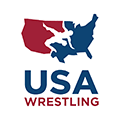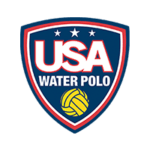Understanding college track and field
The sport of track and field is one of the world’s oldest with many events having initially taken place thousands of years ago at the Ancient Olympic Games in Greece. This sport has been brought over to the United States, and many top athletes are members of college track and field teams, some of them receiving athletic scholarships while they do so.
Participating in college track and field provides a significant number of opportunities to compete with many of the nation’s best athletes. The indoor track campaign starts in January and culminates with the championships in March. That’s also when track and field colleges start their outdoor schedules. Those NCAA track and field Championships for Division I athletes take place in June while DII teams and DIII teams see their seasons conclude in May.
Track and field colleges are spread across the country with slightly more schools offering women’s programs with the vast majority sponsoring teams in both genders. In total, 949 schools have men’s teams while 1,017 have women’s.
- NCAA Division I – 279 men’s teams, 319 women’s teams
- NCAA Division II – 164 men’s teams, 175 women’s teams
- NCAA Division III – 271 men’s teams, 279 women’s teams
- NAIA – 157 men’s teams, 162 women’s teams
- Junior College – 78 men’s teams, 82 women’s teams
The number of college track and field scholarships varies between the genders at the DI level with men’s programs allowed to award up to 12.6 in any given year while women’s teams can provide 18. Meanwhile all DII schools can offer 12.6 and NAIA institutions 12. Junior college limits vary but is usually around 20. Roster sizes vary quite a bit from just a few athletes to several dozen.
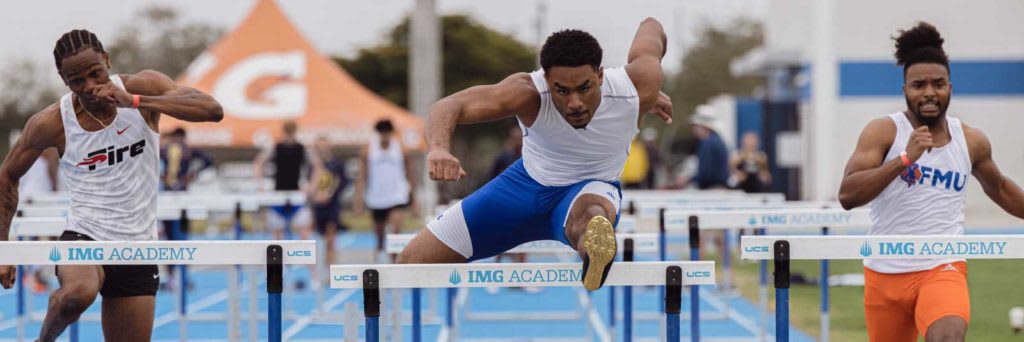
Track and field colleges
When deciding which colleges to consider, several things should be considered. Some of these can include where in the country you would like to spend the next few years, the culture and academic standards and reputation of the schools and the varying costs of attendance.
As far as the programs themselves, take a look at how they compare to other track and field colleges on a national level as well as within their conferences. Do the same for the event(s) that you expect to participate in. Consider the quality of the coaching staff and, perhaps more importantly, if its style matches yours or is different in a way in which you expect it to challenge and improve you. If you have high aspirations after college, such as competing at the Track and Field World Championships, ensure that you will have coaching that can take you there.
NCAA track and field
As you are considering the top track and field colleges, also take into account what the college track recruiting standards are for athletes such as yourself looking to be considered for scholarships and spots on those teams. For example, if you are male with aspirations of joining the roster of a lower DI school, your 800-meter time should be about 1:58.49.
And note the different expectations that will exist after you arrive on campus as well as how they differ from school to school. For example, college track and field coaches at the DI level are going to expect you to devote more time to your sport than D3 ones will. Top track colleges will also place a greater emphasis on winning and doing well at the NCAA championships.
NCAA track and field championships
The top teams historically, the ones that have claimed the most outdoor championships at the NCAA Track and Field Championships for Division I schools, are the University of Southern California on the men’s side and Louisiana State University amongst the women’s programs. Abilene Christian University has the most men’s and women’s Division II titles while the University of Wisconsin-Lacrosse (men’s) and the University of Wisconsin-Oshkosh (women’s) split those honors at the Division III level.
The qualifying criteria for selection to the NCAA Track and Field Championships for Division I schools is demanding. In order to be selected to the East or West Preliminary Championships, athletes need to be amongst the top 48 in those respective regions in their respective college track and field events. Additionally, the top 24 relay teams will travel to those two sites. From there, the top 12 in each of the events, including each of the relays, advance to the National Championships. Indoor track qualifying standards result in the top 16 in each event participating at nationals.
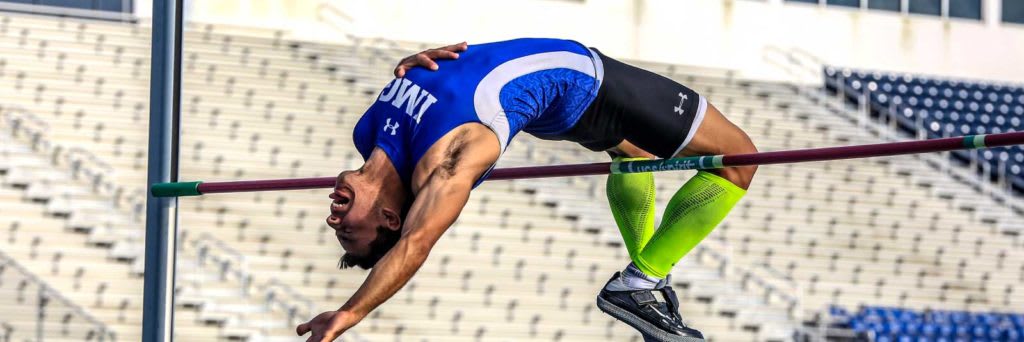
NCAA track and field rankings
Another useful tool for seeing where teams are relative to each other nationally, regionally and within their conferences is through the various college track and field rankings that the U.S. Track & Field and Cross Country Coaches Association (USTFCCCA) provides on a weekly basis throughout every season. These rankings are determined by mathematical formulas and are designed to realistically predict NCAA Track and Field Championships results. These college rankings are like the RPI rankings that the NCAA uses to decide which schools to invite to NCAA Championship events in team sports and what seeds to award them.
College track and field results
If you are interested in NCAA track and field results, several options are available for you. Take a look at the official website for the schools that you are considering. There is usually a link labeled “stats” on the team’s web page, and results for each event are generally posted to the team’s schedule page. For details that are less focused on an individual school, Track & Field Results Reporting System is a comprehensive option.
Additionally, detailed results for the previous year’s national championships are provided by Record Timing. The NCAA website is a great resource too.
College track and field news
Several websites are also focused on disseminating in-depth college track and field news. Here are three of the most popular.
College track and field seasons
After NCAA track and field teams compete at a handful of indoor track competitions, they head to their respective conference and national championship competitions in those sports in February and March, respectively. At around that time, the outdoor season starts. In fact, some outdoor meets precede indoor track nationals. The outdoor campaign is more extensive than the indoor one with more competitions. Those conference championships are held in April or May. Division II and III college track and field squads complete their campaigns by the end of May while the best Division I teams compete into June.
For example, Stanford track and field and USC started their 2019 indoor campaigns on Jan. 12 and Jan. 18, respectively. Both concluded their indoor seasons at the MPSF and NCAA track and field final competitions in that sport. Then Stanford and USC track and field made their ways through their respective outdoor campaigns before participating in the Pac-12, NCAA West Prelims and NCAA Championships in the outdoor version of the sport. USC and Stanford performed well at the final competition of that NCAA track and field season. Stanford finished in the top 10 in both men’s and women’s while USC’s women were second, and the Trojan men were 37th.
NCAA track and field events – How to compete
Would you like to compete in college track and field? Not only does it take a lot of effort when on a college track and field roster, but a lot needs to be expended to get there, including putting yourself in the best position during the recruiting process.
However, what happens after that has been successfully navigated should not be overlooked as the work that is put in then is generally more than had been expended prior to that point. This includes, most likely, a greater focus on out-of-season training. You will work with your coaches to ensure that your training plan for the entire year is one that will cause you to improve and contribute in the coming seasons.
Track and field camps
As you make your way towards a college roster, do take advantage of training camps. Note that Nike track and field running camps are some of the best camping options available to you. Nike track and field running camps regularly take place in locales spread across the country.
Although Adidas running products are some of the highest quality that exist, Adidas track and field offerings as they relate to camps are not currently offered, but do periodically check to see if that changes.
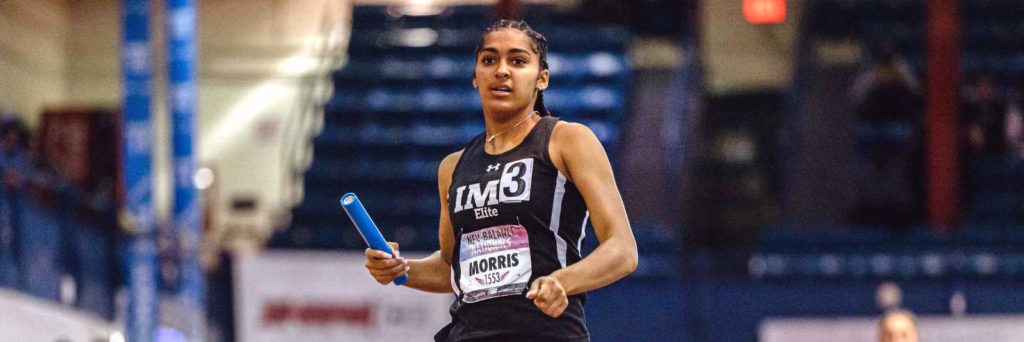
College track and field recruiting resources
As you look to make the transition from college track and field prospects to recruits to college commits, it is important to take advantage of college track and field recruiting resources. Doing so will put you in the best position possible to find the best fit possible. You might even be able to secure a college track and field scholarship.
It is also important to understand where you are in the track and field recruiting timeline. Are you a prospect, simply someone who is eligible to join a college track program in the future? Or have you been contacted by an NCAA track and field coach and are being recruited, thus making you a recruit instead? Of course, if you are a commit, then your recruiting process is over as you have agreed to an offer by a team to participate in track and field events at the college level.
As you look to be offered an athletic scholarship, make sure that you are doing all of the things that college coaches are looking for in a recruit. Of course, your measurements, whether that is your speed or how far you jumped or threw something, are of utmost importance, but that is not the only thing that is considered. Although your scholastic aptitude is also important, so is how you carry yourself. Are you coachable? Are you driven to continue to improve yourself? Will you stand out amongst the hundreds of thousands of track athletes that compete at the college level?
But also consider that the recruiting process can be overwhelming too. With more than 900 colleges to choose from, narrowing down that list to a manageable number can be daunting. Of course, you can use a number of metrics to knock that number down considerably such as focusing on a geographic area or only schools that offer the sport at the DI, DII or DIII level.
NCSA College Recruiting has been providing that assistance since 2000 to athletes in a variety of sports. It was founded at that time by Chris Krause, who struggled with his own recruitment journey in the 1980s before he landed at Vanderbilt University. He is passionate about ensuring that today’s athletes do not have to experience B difficulties that he did. As a result, NCSA has several resources for athletes to use in addition to an ever-expanding network of athletes and coaches.
If you would like to be amongst the 24,000 NCSA athletes who commit to a college to play sports every year, make sure to fill out your free profile today and get your journey started now. This is especially encouraged if you are in high school as the recruitment process should start your freshman year, as soon as possible if you are a sophomore or later.








